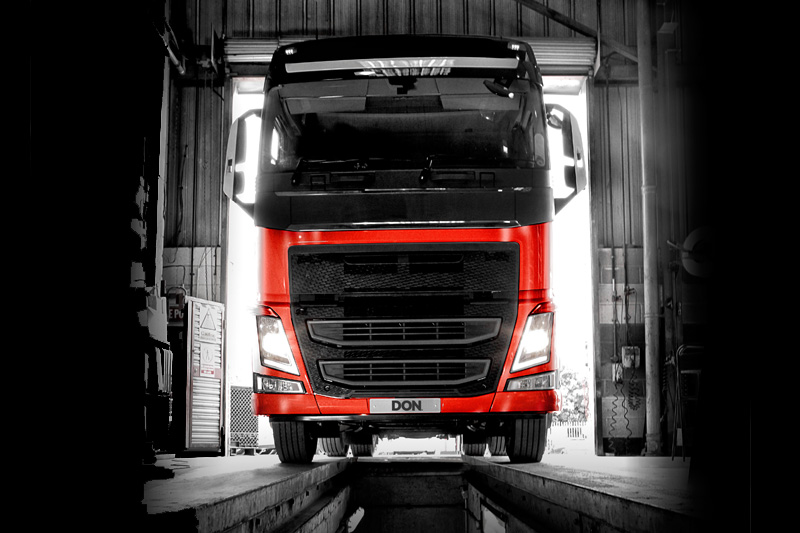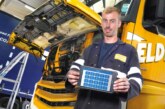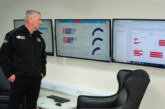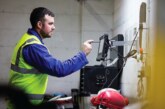TMD Friction, manufacturer of Don and Textar CV brands, discusses evolving braking technologies and the environmental concerns associated with PSV and CV systems, focusing on regenerative braking and lightweight technology.
With an estimated five billion bus passenger journeys taking place last year, investment into passenger service vehicle (PSV) technology is a key area of development for the transportation industry. So too are advancements into commercial vehicle systems, to help aid the complexity of operating larger vehicles.
Greener technology
As the technologies within PSV braking systems continue to advance, so do environmental concerns surrounding the implications that passenger carrying vehicles have on our natural surroundings. These two issues, although incredibly important, do not always go hand in hand, and it’s an expectation on the automotive industry to make steps towards improving vehicle technology while reducing negative environmental impacts.
A step in the right direction is the introduction of regenerative braking, a method that is being utilised more frequently within the PSV world and has revolutionised the way large passenger carrying vehicles stop.
This innovation uses an energy recovery mechanism that slows a vehicle by converting its kinetic energy into another form, which can be reused and stored in the engine until it is needed. A process such as this contrasts with a conventional braking system, where a foundation brake stops the vehicle, and converts excess kinetic energy into wasted heat due to friction on the brakes.
The reduction in energy loss makes this system far more environmentally friendly, but it does have an impact on the vehicle’s brakes, as the friction runs the risk of becoming less effective as it is not being used as regularly. This poses a challenge for friction manufacturers to design products with specific characteristics that would not allow the material to glaze over, when the brakes are being used considerably less than on a standard vehicle.
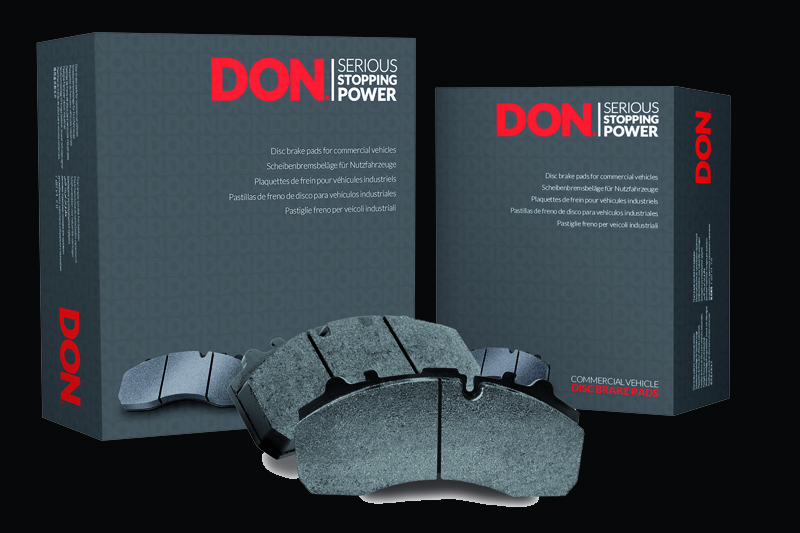
The solution
However, an advancement that ticks both boxes when it comes to braking and green issues is the development of the lightweight back plate, utilised in both PSV and CV systems. Albeit a small part of what is often a large commercial vehicle, any reduction in weight saves costs and helps to lower carbon emissions. The challenge that comes when heavy vehicles are in motion is the mass that needs to be accelerated and stopped in an emergency. This results in high fuel consumption and excessive wear of the brake pads, which is why TMD has invested into reducing the weight of its products, without changing their geometry or impairing the efficiency of the friction material.
TMD’s lightweight technology has been achieved by designing a thinner back plate. The slimness of the plate is compensated for with an under layer that has a lower specific weight than steel, while the durability and load-bearing capacity of the plate remains the same.
This reduction in weight, while retaining the pad’s integrity, has a positive effect on a vehicle, as wear on the brake and axel system is minimised due to the pad’s overall lighter weight.
To put this into perspective, on a six- axle truck and trailer combination, up to 7.5kg in weight can be saved, reducing fuel consumption and CO2 emissions as a result. Not only is this good news for the environment and advancements in braking technology, but it also benefits the fleet operator. The extra load capacity means that increased revenue can be generated by additional loading space, allowing operators to move more goods in less time.
While there is still a way to go, steps are being taken by the industry to improve the braking systems of PSV and CV in line with environmental concerns. Regenerative braking and lightweight technology has helped to kick-start movements within this area, while research and development continues to build upon these advances. Consistently working on uncovering more efficient methods to brake vehicles is a key objective for TMD Friction, but doing this safely and without endangering the environment is the ultimate goal.


